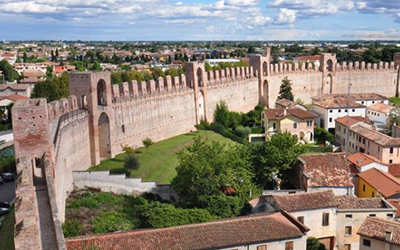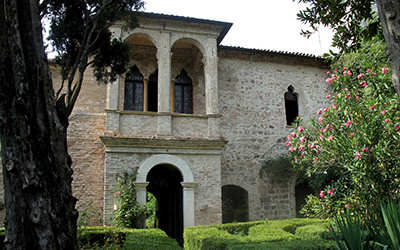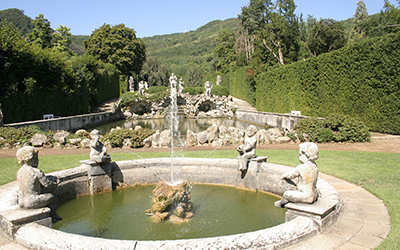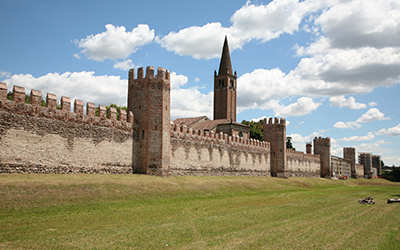PADUA
This fascinating city is the capital of the painting of 14th century and offers different kind of attractions:
Cappella degli Scrovegni: is one of the biggest masterpieces of italian and european Art. In the Chapel you can admire “Story of the Virgin and Christ” and the “Universal Judgment”, which have been painted between 1303 and 1305 by Giotto. The Visit has to be booked online
Caffe’ Pedrocchi: is the historical café of the city. During the 19th century intellectuals use to meet here and discuss about literature, art and politic. Actually it hosts a small collection of Egyptian antiquities on the second floor
Palazzo del Bo: is the historical seat of the University of Padua from 1539
Orto Botanico: was promoted by the Republic of Venice, to cultivate medical plants. it has been enriched by plants coming mostly from those countries where the Republic of Venice had possessions or business relations
CITTADELLA

ARQUA’ PETRARCA

GARDEN OF VALSANZIBIO

MONTAGNANA
